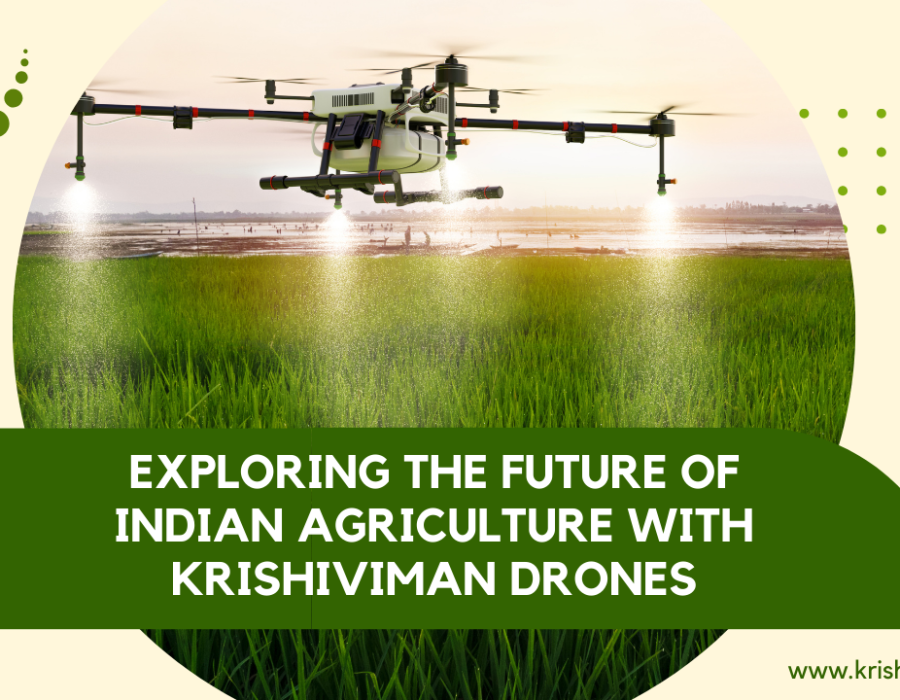In the dynamic world of agriculture, India stands on the cusp of a technological revolution, where drones, or Krishi Viman, are poised to redefine the essence of farming. With the blend of ancient traditions and modern innovations, agricultural drones are emerging as a beacon of progress, promising a future where farming is more efficient, sustainable, and inclusive.
Krishiviman: Pioneering Agricultural Drones in India
Krishiviman, a leading name in agricultural drone manufacturing, is at the forefront of this revolution. As a smart agritech startup, WOW Go Green's Krishiviman aims to modernize Indian farming, contributing significantly to the welfare of the farming community and the generation of rural youth employment??. Their drones, equipped with advanced features like auto pilot mode, altitude radar, and FPV cameras, offer a range of services from spraying liquid agrochemicals to precision agriculture practices??.
Revolutionizing Farming Practices
The introduction of Krishiviman drones into the agricultural landscape is changing the way farmers engage with their crops. These drones are not just about reducing physical labor; they're about enhancing crop yields, reducing input costs, and ensuring sustainability. For instance, a Krishiviman drone can cover 25 acres per day, reducing agri input costs by more than 25% and saving up to 90% of water??.
Economic and Social Impacts
The economic implications of integrating Krishiviman drones are vast. By boosting agricultural sector profitability, these drones have the potential to positively impact India's GDP. Moreover, they play a crucial role in food security, enabling efficient farming methods that can help meet the growing food demand??.
Empowering Women in Agriculture
Krishiviman is also a pioneer in women's empowerment within the agricultural drone segment. Aligning with Prime Minister Narendra Modi's NAMO Drone Didi scheme, Krishiviman equips women Self Help Groups (SHGs) with drone technology, fostering a culture of innovation and entrepreneurship among rural women??.
Future Outlook
The future of agricultural drones in India looks promising, with Krishiviman leading the charge. As technology advances, these drones are expected to become more sophisticated, offering longer flight times, higher payload capacities, and improved imaging capabilities??. Moreover, supportive policies and regulations from the government, including subsidies and training for farmers, will be crucial for the widespread adoption of this technology??.
Conclusion
Krishiviman's agricultural drones represent more than a technological advancement; they symbolize a shift toward a more prosperous, efficient, and inclusive agricultural future. With the government's support and Krishiviman's innovations, drones could indeed be the future of Indian farming, setting a global benchmark for agricultural practices.
The journey of Krishiviman in revolutionizing Indian agriculture through drone technology is not just about enhancing farming practices; it's about building a sustainable, productive, and empowered rural India. As we embrace these innovations, we step closer to a future where agriculture in India is synonymous with efficiency, sustainability, and inclusivity.





Comments